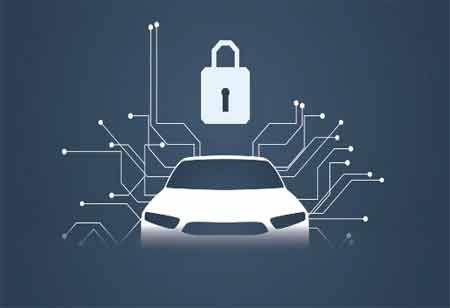Factors like the growing number of connected vehicles, increased cyber-threats, and the rising number of electronic components in vehicles drive the automotive cybersecurity industry.
FREMONT, CA: The automotive sector has seen significant technological advancements as a result of the advent of smart technology. These cutting-edge technologies have been seamlessly incorporated, resulting in greater safety, convenience, and cost-effectiveness. The demand for automotive cybersecurity is likely to rise as the number of connected vehicles grows. As per research, by 2029, the revenue is expected to reach 6.03 billion dollars. Factors like the growing number of connected vehicles, increased cyber-threats, and the rising number of electronic components in vehicles drive the automotive cybersecurity industry.
Growing worries about road safety, increased congestion, and rising demand for vehicle connectivity have prompted governments and automakers to work together to promote the rise of connected vehicles. Although rising technological breakthroughs in the automobile industry have resulted in various improvements in the autonomous vehicle sector, they have also increased cyber-threats due to increased data and vehicle communication. Connected vehicles are part of a blended transportation system that will employ real-time data from passenger vehicles, commercial vehicles, and transportation infrastructure to create effective, productive, and dependable transportation systems. Alternately, the computed data is stored in the vehicle, which always poses a security and data breach risk. This puts the vehicles at risk as they can be accessed remotely by hackers.
Moreover, as the number of electronic devices in vehicles increases, so do technological advances in engine, transmission, and chassis electronics, as well as passenger comfort, driver assistance, and entertainment systems. However, as the range of electronic components expands so does the chance of a cyber-attack because many electronic components are connected to one another, raising network connectivity across systems.
The increasing number of connected vehicles, as well as heightened cyber dangers, are expected to have a substantial influence on the sector in the early years of the projection period. Nonetheless, the impact is expected to fade over time. There are also opportunities, like increased MaaS and vehicle platooning adoption, elevated use of the automotive cloud to store and share data, and over-the-air software updates, as well as high demand for innovative cybersecurity solutions with increased autonomy, all of which can help the market grow.
See Also: Top 10 Clinical Trial Services Companies

 Copyright © 2025 AutoTech Outlook. All Rights Reserved | Privacy Policy | Subscribe | Sitemap | About us | Feedback Policy | Editorial Policy
Copyright © 2025 AutoTech Outlook. All Rights Reserved | Privacy Policy | Subscribe | Sitemap | About us | Feedback Policy | Editorial Policy